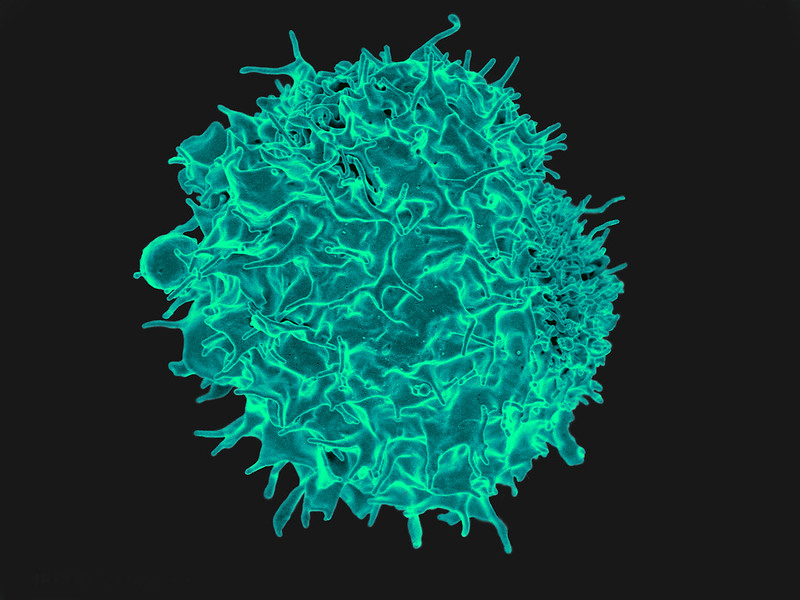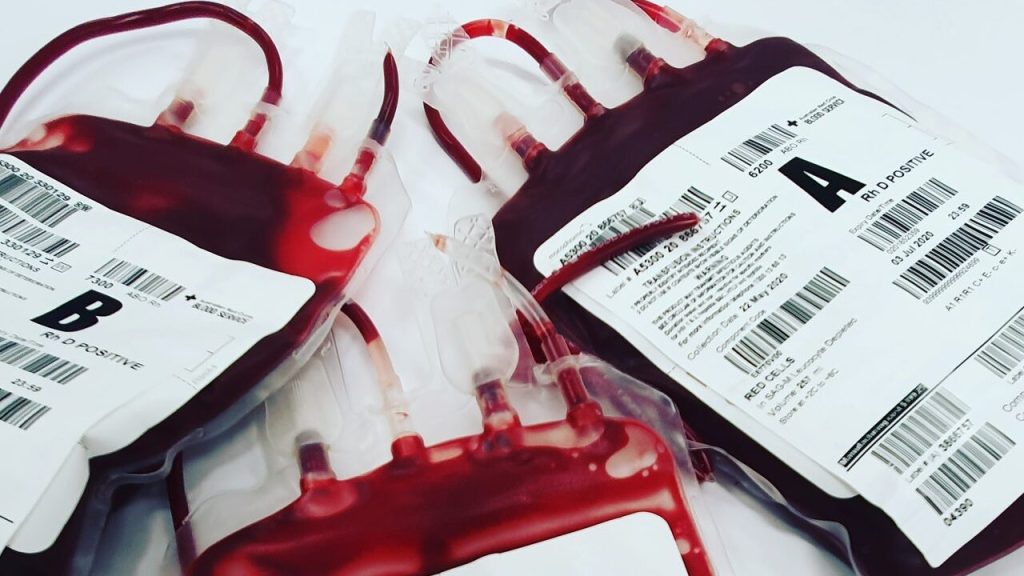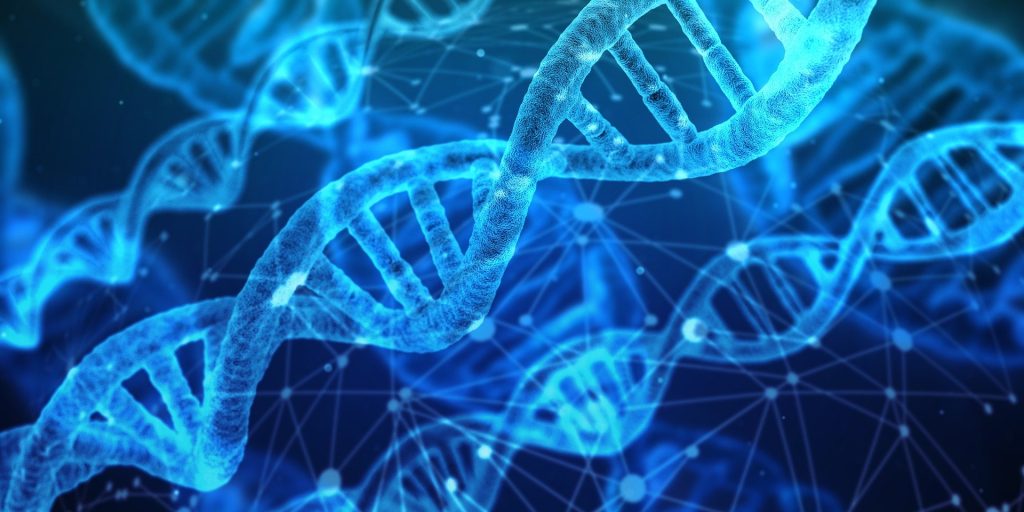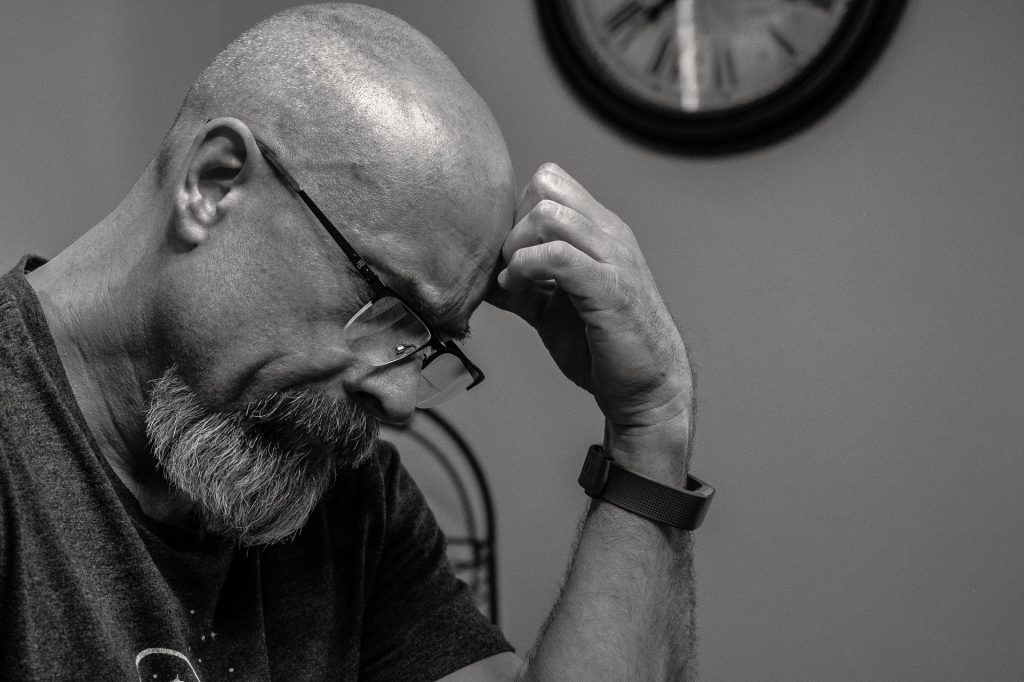Neuroblastomas: ‘New’ Immune System Responds Better to Therapy
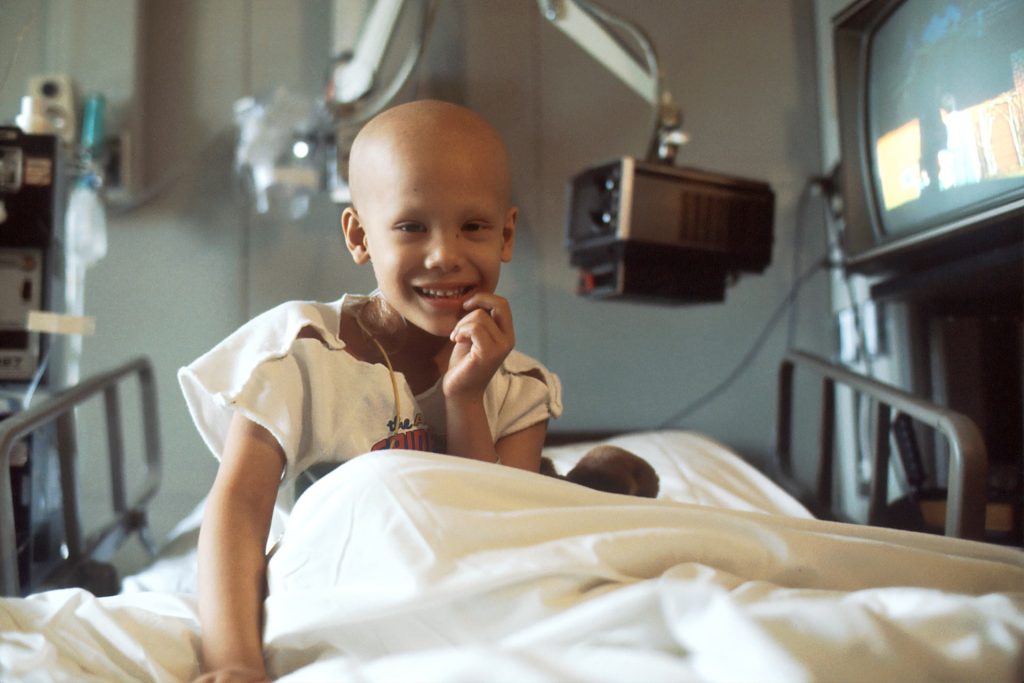
Cancer researchers have shown that immunotherapy after stem cell transplantation effectively combats neuroblastomas in children. Crucially, stem cells from a parent provide children with a new immune system that responds much better to immunotherapies. These results of an early clinical trial were published in the Journal of Clinical Oncology.
Tumours of the nervous system, neuroblastomas are associated with an unfavourable prognosis if the tumour is classified as a high-risk type. and particularly poor for patients in the relapsed stage. In this study by scientists at St. Anna Children’s Cancer Research Institute and the Eberhard Karls University of Tübingen, immunotherapy following stem cell transplantation is now associated with long-term survival in a substantial proportion of the patients. Compared to an earlier study the survival rate was increased.
“After the transplantation of stem cells from a parent, the patients are equipped with a new immune system. This enables a better immune response to the subsequent immunotherapy and clearly improves the outcome,” explains Prof Ruth Ladenstein, MD, co-first author.
Five-year survival exceeds 50%
“After a median follow-up of about eight years, we see that more than half of the study patients live five years or longer with their disease,” Prof Ladenstein reports (5-year overall survival: 53%). In comparison, the 5-year overall survival in an earlier study, in which stem cell transplantation was not followed by immunotherapy, was only 23%. Those patients who showed a complete or partial response to prior treatment had significantly better survival.
“In summary, immunotherapy with dinutuximab beta following transplantation of stem cells from matched family donors resulted in remarkable outcomes when patients had at least a partial response to prior treatment,” says Prof Ladenstein. “In our study, there were no unexpected side effects and the frequency of graft-versus-host-disease was low.”
Restoring natural killer cell potency
Dinutuximab beta is a monoclonal antibody that binds to a molecule, GD2, on the surface of tumour cells, marking them for destruction by natural killer cells. But prior chemotherapies may impair natural killer cells. “Therefore, a transplantation of intact natural killer cells from matched family donors seems reasonable before immunotherapy is administered. The transplanted, new natural killer cells are now able to target the tumour cells more efficiently – by means of an antibody-dependent reaction,” explains Prof Ladenstein.
According to the authors, further studies are needed to determine the individual components of the therapeutic approaches. Recently, conventional chemotherapy has also been combined with immunotherapy early in the treatment strategy, resulting in similarly improved response rates. The hope is that a renewed immune system through a healthy parent in combination with the described transplantation procedure could further increase survival rates: “Our approach could thus result in stronger and longer lasting tumour control. A randomised study would be necessary to scientifically substantiate the additional potential benefit of a new immune system in the context of relapse therapy,” Prof Ladenstein adds.


